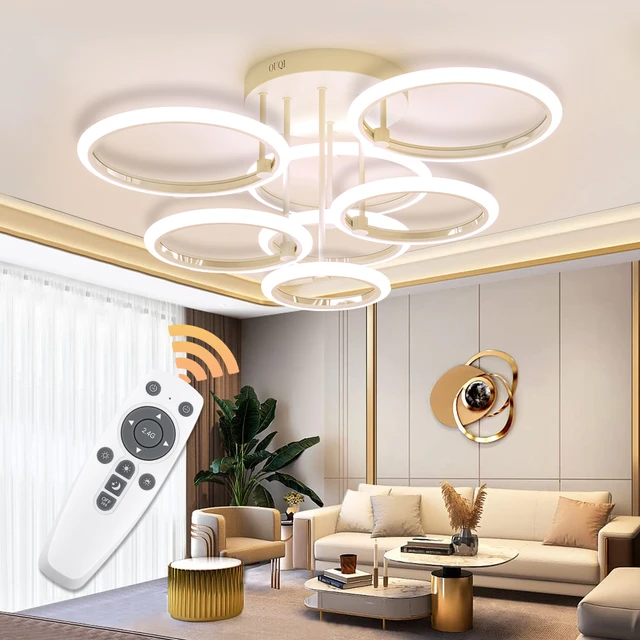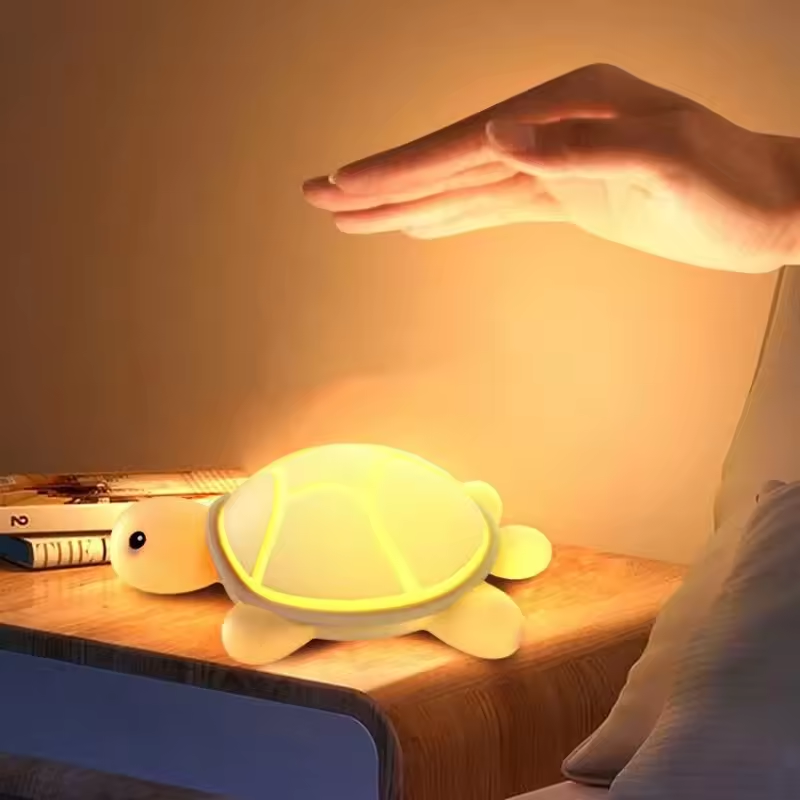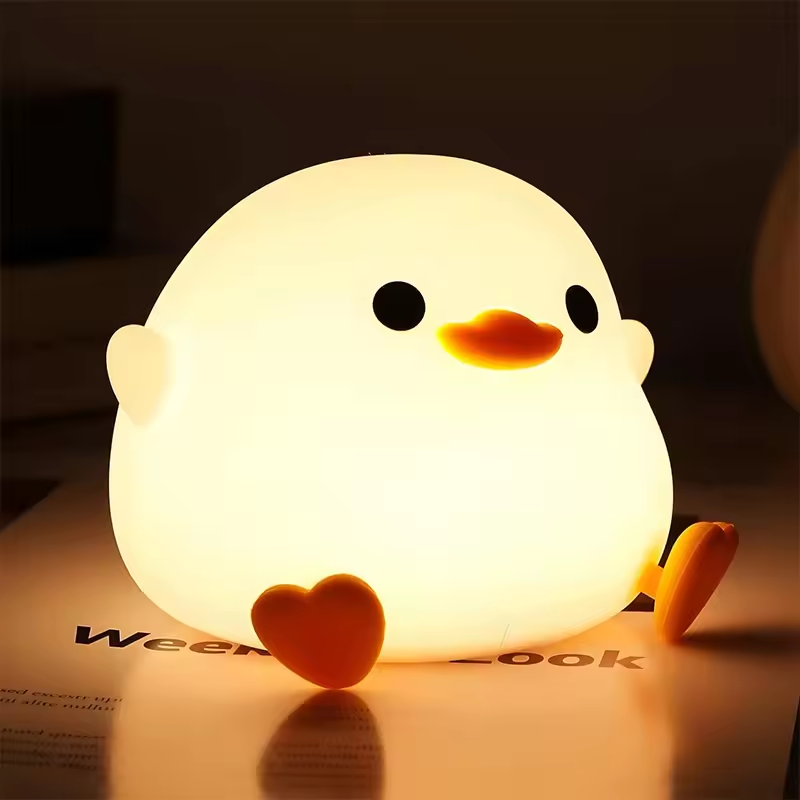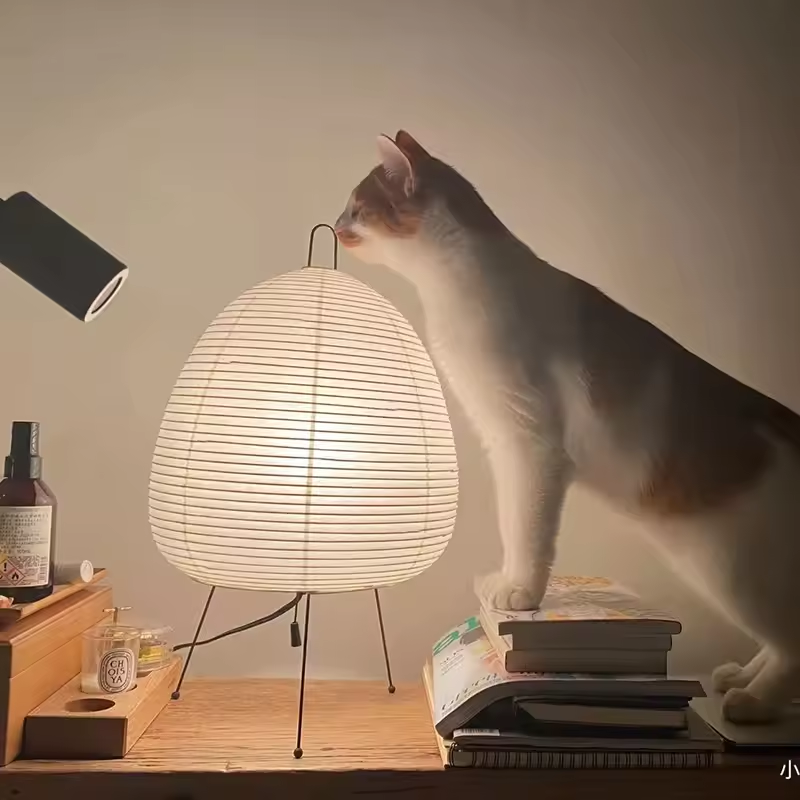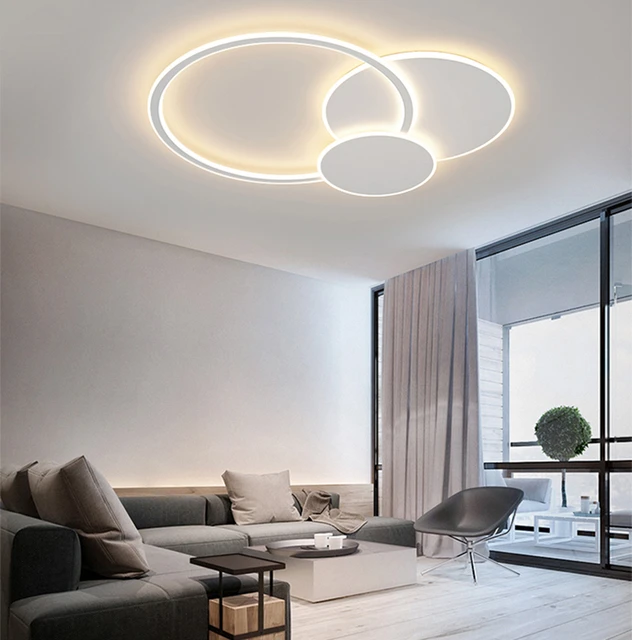 Introduction:
Introduction:
Removing an LED ceiling light may be necessary for various reasons, such as replacing a faulty light, performing maintenance, or updating the lighting fixture. While the process may seem daunting, it can be straightforward if done correctly. In this comprehensive guide, we will provide a step-by-step approach to removing an LED ceiling light safely and efficiently. By following these instructions, you can confidently remove LED ceiling lights and complete your desired tasks.
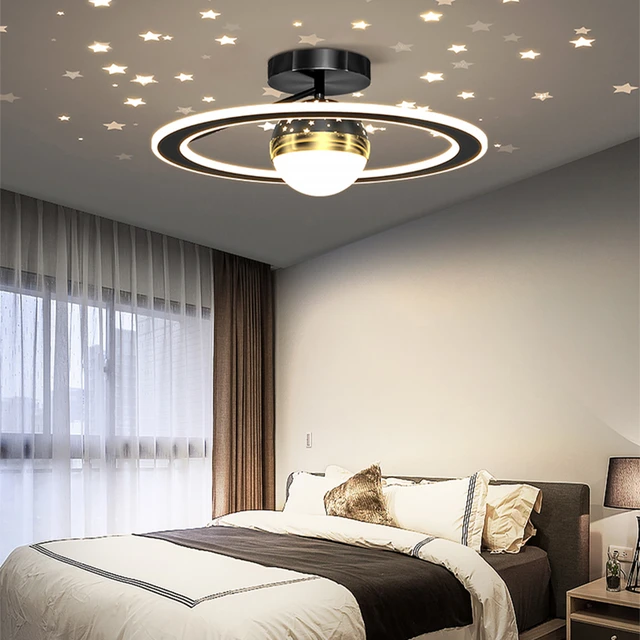 Some common LED light colors:
Some common LED light colors:
LED lights are available in a wide range of colors, offering versatility and flexibility in lighting design. Here are some common LED light colors:
Warm White:
Warm white LEDs emit a soft yellowish light that closely resembles traditional incandescent lighting. They create a cozy and inviting ambiance and are commonly used in residential settings.
Cool White:
Cool white LEDs produce a bright, crisp, and bluish-white light. They are often used in task lighting or functional spaces that require a more energetic and vibrant illumination, such as kitchens, bathrooms, and workspaces.
Daylight White:
Daylight white LEDs mimic natural daylight, providing a balanced and natural light similar to that of the sun. They are known for accurate color rendering and are commonly used in settings like art studios, retail spaces, and offices.
RGB:
RGB LEDs can produce a wide spectrum of colors by combining red, green, and blue light. They allow for dynamic and customizable lighting effects, making them popular for decorative and creative lighting applications, events, and entertainment venues.
Tunable White:
Tunable white LEDs allow users to adjust the color temperature of the light, transitioning between warm white and cool white. This feature is commonly used in settings where the lighting ambiance needs to be adaptable, such as offices, hospitals, or residential areas.
Special Colors:
LEDs can also come in various specialty colors, including amber, pink, purple, and even multi-colored options. These specialty colors are often used for specific purposes, such as holiday decorations, themed events, or architectural lighting.
It’s important to check the specifications and product descriptions when purchasing LEDs to ensure the desired color is available. LED light technology continues to advance, offering even more options for color customization and control.
Preparing for Removal
Safety First:
Before starting, turn off the power to the LED ceiling light at the circuit breaker to avoid electrical shocks.
Use a non-contact voltage tester to confirm that the power is indeed switched off.
Gather Necessary Tools:
Prepare the tools needed for the removal process, which typically include a ladder, screwdriver, wire strippers, and pliers.
Depending on the specific fixture, additional tools may be necessary, such as a voltage tester or a drill.
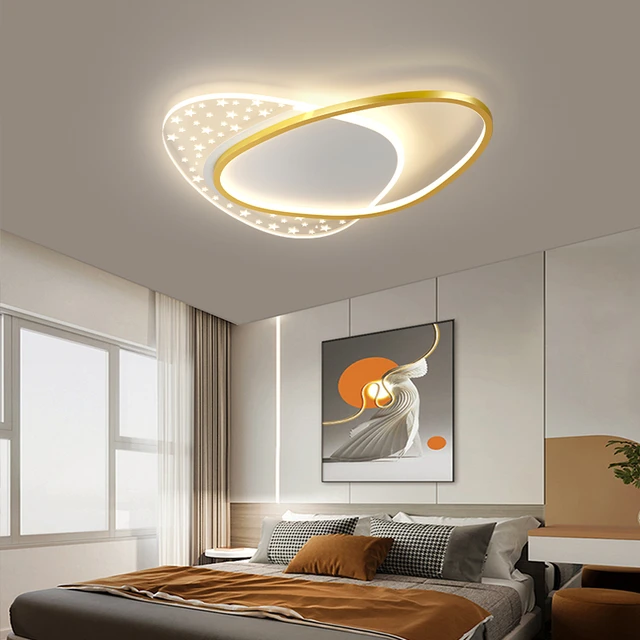 Removing the LED Ceiling Light
Removing the LED Ceiling Light
Remove the Cover or Trim:
Most LED ceiling lights have a cover or trim that conceals the mounting hardware.
Gently pry or unscrew the cover or trim to expose the mounting hardware.
Disconnect the Wiring:
After accessing the mounting hardware, locate the wiring connections.
Carefully unscrew or remove any wire nuts or connectors securing the electrical wires.
Detach the LED Light Fixture:
With the wiring disconnected, support the LED light fixture with one hand while unscrewing or releasing any mounting screws or brackets with the other hand.
Gradually lower the fixture and detach it from the ceiling.
Safety and Cleanup
Inspect the Wires:
After removing the LED ceiling light, thoroughly examine the exposed wires.
Look for any signs of damage, fraying, or loose connections. If any issues are detected, consult a professional electrician for further assistance.
Secure the Wiring:
Carefully bundle any loose wires and secure them using wire ties or electrical tape.
This step prevents the wires from moving or coming into contact with other electrical components.
Cleanup and Disposal:
Dispose of the removed LED ceiling light fixture in accordance with local waste disposal regulations.
Clean the area around the removed fixture, removing any dust, debris, or residue.
Installation Considerations
Read the New Fixture’s Instructions:
If installing a new LED ceiling light, thoroughly read and understand the manufacturer’s instructions before proceeding.
Familiarize yourself with the specific installation requirements and recommended tools.
Wiring Connections:
Follow the manufacturer’s instructions for connecting the wires, ensuring proper connections and wire nut tightness.
Use wire strippers to remove a small portion of the insulation from the wire ends before connecting them.
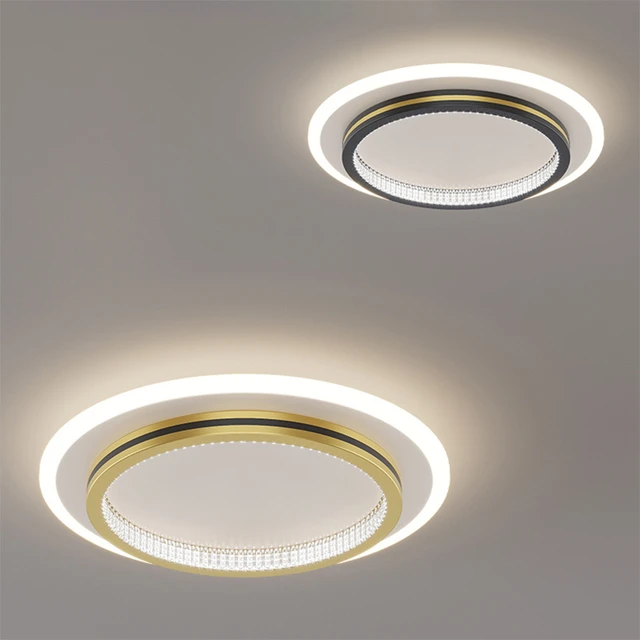 Secure Mounting Hardware:
Secure Mounting Hardware:
Follow the manufacturer’s instructions to secure the new fixture’s mounting hardware to the ceiling.
Ensure that the mounting screws or brackets are securely fastened.
Fluorescent lights and LED lights:
Fluorescent lights and LED lights have noticeable differences in terms of energy efficiency, lifespan, light quality, and environmental impact. Here are some key distinctions between the two:
Energy Efficiency:
LED lights are much more energy-efficient than fluorescent lights. LEDs convert a higher percentage of electrical energy into light, while fluorescent lights produce more heat, resulting in energy wastage. LED lights can save up to 80% or more energy compared to fluorescent lights.
Lifespan:
LEDs have a significantly longer lifespan than fluorescent lights. While fluorescent lights typically last around 10,000 to 15,000 hours, LED lights can last up to 50,000 hours or more, depending on the quality of the LED.
Instant Illumination:
LED lights provide instant and full illumination once turned on, with no warm-up time required. Fluorescent lights, on the other hand, often require a few seconds to reach their full brightness.
Light Quality:
LED lights offer better light quality, providing a more consistent and even distribution of light across the space. They also have better color rendering capabilities, meaning they can display colors more accurately and vividly compared to fluorescent lights, which often emit a cooler and slightly unnatural light.
Environmental Impact:
LED lights are more environmentally friendly than fluorescent lights. LEDs do not contain toxic materials like mercury, which is present in fluorescent lights. Additionally, LED lights are more easily recyclable, reducing their impact on the environment.
Flickering and Noise:
Fluorescent lights can sometimes exhibit flickering, especially as they age, which can cause eye strain and discomfort. They may also produce a buzzing or humming noise. In contrast, LED lights do not flicker and operate silently.
Dimming Capability:
LED lights can be easily dimmed, allowing for adjustable lighting levels and energy savings. While some fluorescent lights can be dimmed, the process is more complex and may require additional equipment.
Initial Cost:
LEDs tend to have a higher initial cost compared to fluorescent lights. However, the cost difference is often offset by their energy efficiency, longer lifespan, and reduced maintenance and replacement needs over time.
Considering these differences, LED lights are generally the preferred choice for most applications due to their energy efficiency, longevity, superior light quality, and reduced environmental impact. However, specific needs, budget constraints, and existing infrastructure may still warrant the use of fluorescent lights in certain situations.
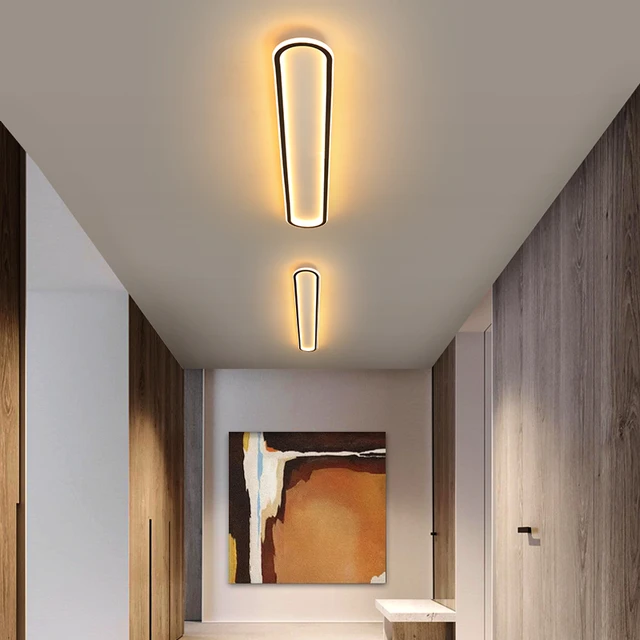 Conclusion:
Conclusion:
Removing an LED ceiling light may seem daunting, but by following a step-by-step guide, the process can be manageable and safe. Preparing for removal by turning off the power and gathering the necessary tools is crucial. Removing the cover or trim, disconnecting the wiring, and detaching the LED light fixture are the main steps in the process. Safety considerations, such as inspecting the wiring and securing loose wires, are vital. Once the removal is complete, proper cleanup and disposal should be undertaken. If installing a new fixture, reading the instructions and following installation considerations is essential. By understanding and implementing these steps, you can confidently remove LED ceiling lights and complete your lighting tasks successfully. Let this comprehensive guide be a resource in helping you navigate the process of removing LED ceiling lights safely and efficiently.
